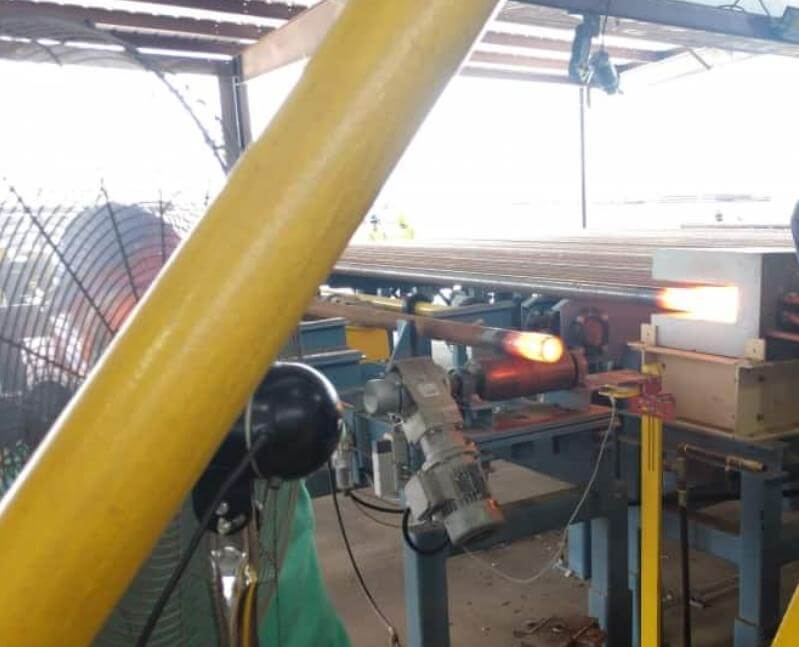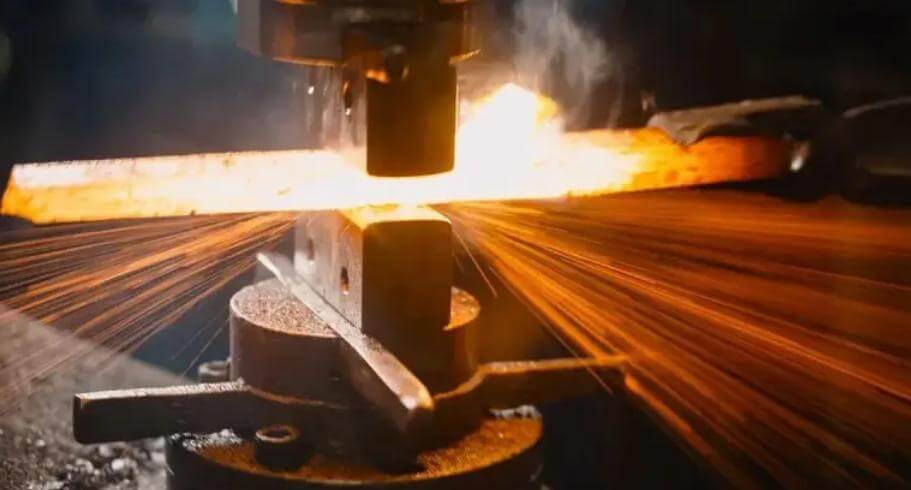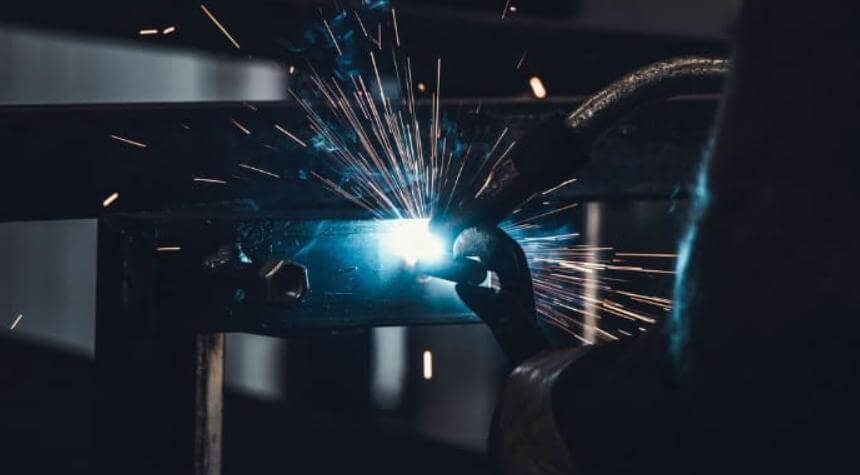How to Choose the Right Induction Forge for Your Workshop?
When setting up your blacksmith workshop, choosing the right forge is essential for performance and efficiency. Start by defining what materials you’ll work with and the power level required.
An induction forge offers precise temperature control, rapid heating, and lower energy consumption, making it a preferred choice for modern metalworkers.
The induction heating machine market is expanding as workshops adopt technology that boosts productivity and reduces costs. Selecting the right forge can increase heating accuracy by up to 10% and cut energy waste, improving both output and operating efficiency.
With numerous models and suppliers available, comparing specifications and prices can be difficult. Use these practical tips to identify the best induction forge for your needs—whether for small-scale repairs or large industrial projects.
What Is an Induction Forge?
An induction forge machine uses induction heating to warm metal for forging, shaping, or melting. You place the metal inside a coil. The coil carries an alternating electric current.
This current creates a magnetic field. The field causes electric currents inside the metal. These currents heat the metal quickly and evenly.
You can use an induction forge for many tasks. Some blacksmiths use it for induction melting of metals like aluminum, copper, or iron. Others use it to heat bars or billets before shaping.
Induction heating works fast and does not need direct contact with the metal. You only heat the part you want to work on. This keeps the rest of your workspace cooler and safer.
Benefits of Induction Forge Machine
High Efficiency: The forge heats only the metal you need. This saves energy and reduces waste. Some systems reach over 90% efficiency, much higher than gas or coal forges.
Faster Heating: Induction heating cuts cycle times by half or more. You spend less time waiting and more time working.
Precise Temperature Control: Induction heating lets you set and hold exact temperatures. You get consistent results for every project.
Improved Safety: The forge stays cool to the touch. Only the metal gets hot. This lowers the risk of burns and accidents.
Cleaner Workspace: Induction melting and forging do not produce smoke or open flames. Your shop stays cleaner and safer.
Many industries use induction forges for their speed and accuracy. For example, aerospace and automotive companies use them to make parts with tight tolerances. You can also use induction melting to recycle scrap metal or create custom alloys.
Workshop Considerations
Voltage
The first aspect to consider when it comes to induction forge power requirements is voltage. Most commercially available induction forges operate on either 220V or 440V electrical systems. It’s crucial to determine which voltage your specific forge model requires before installation. Additionally, you must ensure that your workshop has sufficient electrical infrastructure in place to support the chosen voltage.
Amperage
The amperage capacity needed for an induction forge depends on various factors such as coil size, material type being heated, and desired heating rate. Generally speaking, larger coils require higher amperage capacities due to their increased surface area coverage during heating cycles.
To avoid potential issues like tripping circuit breakers or damaging electrical components, it’s important not to overload your electrical system by exceeding its maximum amperage capacity. Consult with a qualified electrician who can assess your workshop’s wiring and make any necessary upgrades if required.
Frequency
Power frequency also plays a significant role in determining an induction forge’s power requirements. In North America, most commercial applications operate at 60 Hz frequency; however, other regions may utilize different frequencies, such as 50 Hz or even variable-frequency drives (VFD). Ensure that your chosen forge is compatible with the power frequency used in your region to avoid any compatibility issues.
PFC
Power factor correction(PFC) helps improve the efficiency of electrical systems by reducing reactive power and optimizing the use of available electricity. While not all induction forge models incorporate PFC technology, it can be a valuable addition to enhance energy efficiency and reduce overall power consumption.
Set up the Budget
Budgeting is an essential component to every other aspect of your business. An accurate budget not only helps you eliminate unrealistic options but also helps you understand any specific issues that may arise when preparing for your next project.
For example, did you know that the frequencies used in induction melting range from 50 cycles per second (known as mains frequency) to 10,000 cycles per second (high frequency)? Those with a larger budget may need to look for an induction forge capable of handling higher frequencies.
However, those with a more limited budget can still find an induction forge that meets the needs of their next project without breaking the bank. Regardless, an accurate budget can provide you with some much-needed guidance before taking the first step toward purchasing your next induction forge.
Find a Trusted Supplier
Finding a trustworthy induction forging supplier is crucial to ensuring quality, reliability, and long-term performance in your shop. Choose a supplier with extensive experience, transparent pricing, and strong after-sales support.
Review certifications, customer reviews, and technical expertise to confirm product authenticity and service quality. Working with a reputable supplier not only ensures consistent heating performance but also helps you save on maintenance and operating costs.
KEXIN’s induction melting furnace has higher thermal efficiency and lower energy consumption. They can produce a mild metal bath mixture, mixing a uniform alloy at a constant and uniform temperature. For these reasons, this type of furnace is the first choice for induction melting. Kexin products can flexibly meet all customer requirements.
Can we help you?
 Whatsapp
Whatsapp


